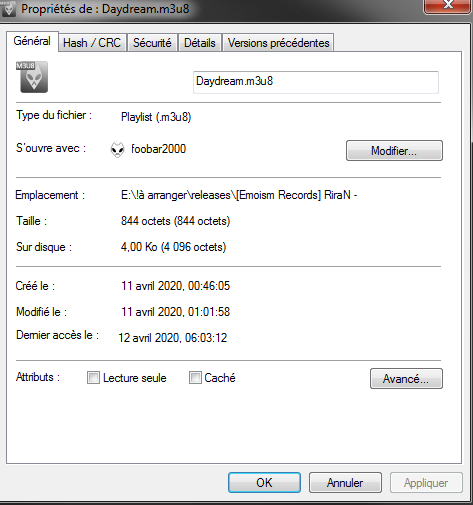Some would say I'm biased, as it's the first microprocessor language I learned and most people tend to be extremely in love with their first language, but I legitimately think the 68000 is the greatest microprocessor created for people learning microprocessor assembly. Its instruction set is very, very easy to pick up, it's super relaxed about conversion rules (depending on assembler), there are mountains of resources for learning it, and most importantly: It's got fat registers, lots of them. Eight 32-bit data registers and seven 32-bit address registers. The more work you do with microprocessors, the more you realize having a lot of really thick registers is a godsend, as those are essentially your "hardware variables" as I like to call them.
The 6502 is basically the opposite concept. It's extremely basic, giving you only a couple of registers essentially. The idea is after each operation, you'll want to move your data out of the register back into memory. The 6502 is built on every operation being extremely simple, at the expense of performance. The 68000 is the opposite, you have so many registers that you can just leave data in them and do all the work you need. So like, if you need to update multiple variables, instead of having to put them into registers on the 6502, do your operation, then take them out, then load the next data, put it into the register, do your operation, then take it back out, etc, on the 68000 you can just load up all the data you want at once and do all your calculations. You have so many registers, each of which can be thought of as one 32-bit register, or two 16-bit registers, or four 8-bit registers... just so useful.
I think 68000 assembler is probably one of the most vital things someone serious about software engineering can pick up. It'll teach you things about other microprocessors in the process. When I work with modern GPUs, I use lots of things I learned way back when I was picking up 68000 assembly.






